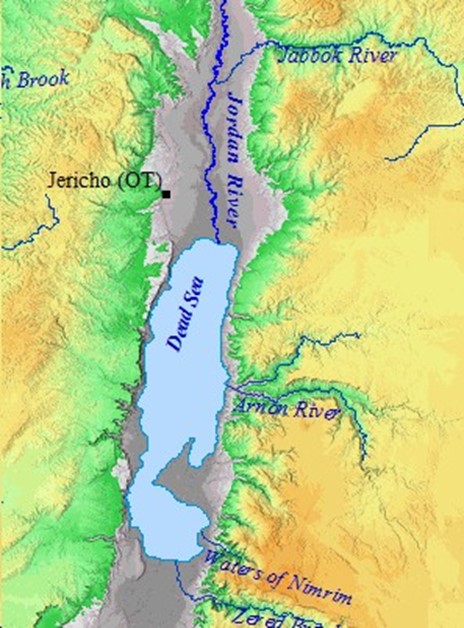Jericho is renowned for being one of the most significant Neolithic settlements, particularly located in Southwest Asia. This early farming community, situated in the Jordan River Valley of Palestine, has been the subject of extensive archaeological excavations. These excavations reveal that Jericho was inhabited as far back as 10,350 years ago.
The advantageous location of Jericho, with its abundant springs and fertile soils from an Ice Age lake that had dried up approximately 3,000 years prior, allowed for nearly continuous crop cultivation. Additionally, the soil’s fertility was regularly replenished by flood-borne sediments from the nearby Judean highlands, enhancing agricultural productivity. To safeguard their settlements from potential floods and invaders, the inhabitants constructed substantial stone walls.
These defensive walls measured 6.5 feet in width and 2 feet in height and were complemented by a rock-cut ditch that was 27 feet wide and 9 feet deep. Within this fortified area, an estimated population of 400 to 900 people resided in mud brick houses arranged around communal courtyards. A notable feature of the settlement is a stone tower, which required around 100 individuals approximately 104 days to construct. This tower is strategically located near the spring, and a staircase inside it likely led to a mud brick structure atop the tower.
The presence of the massive wall and the stone tower reflects significant social developments within these early farming communities. Furthermore, the existence of a village cemetery provides insight into the sedentary lifestyle of the inhabitants—contrary to nomadic groups, who typically do not have centralized burial sites.
Analysis of shared artistic styles, rituals, prestigious goods, and burial practices suggests that there was considerable interaction between the farmers of Jericho and neighboring villages, indicating a network of close connections among these early agricultural societies. Other evidence of trade consists of obsidian and turquoise sourced from Sinai, along with marine shells collected from the nearby coast.
These items were discovered within the ancient walls of Jericho, providing valuable insights into the trade and cultural exchanges of the region.



